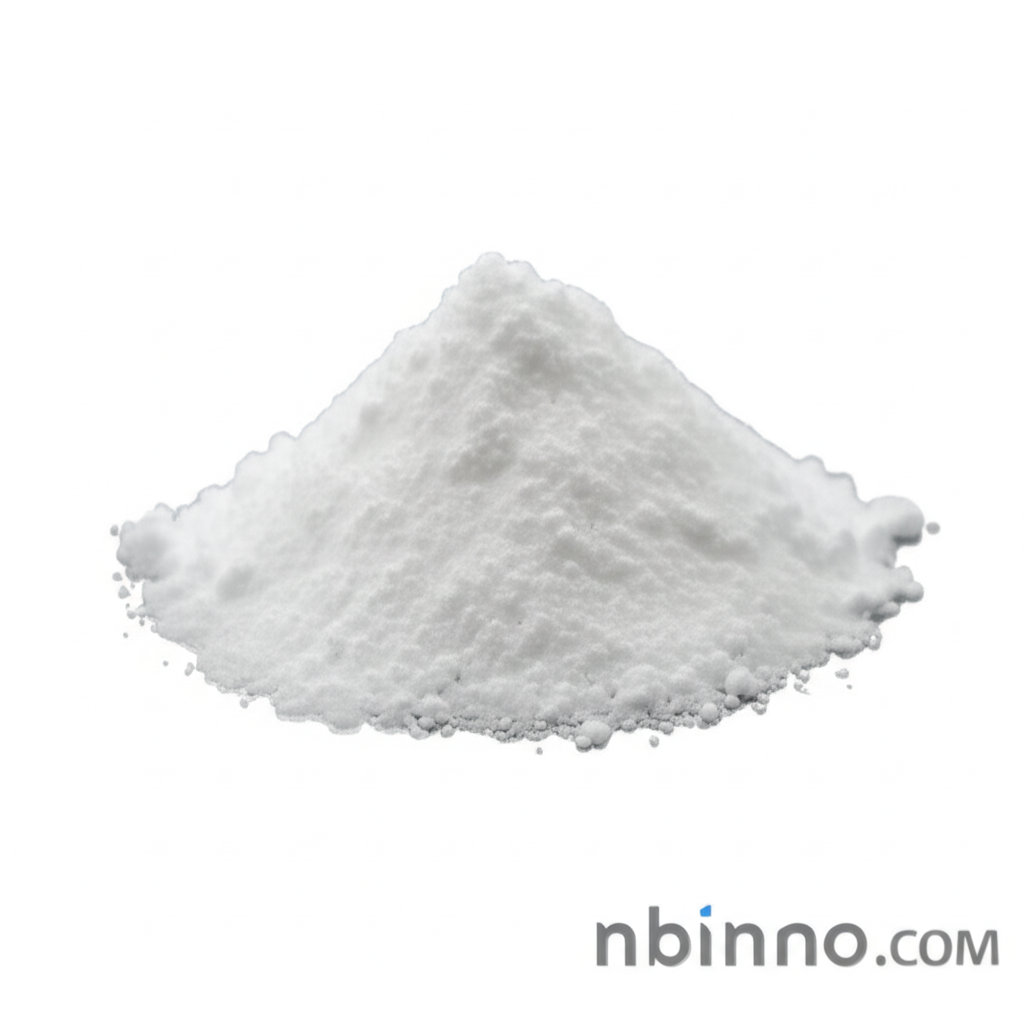Unveiling the Potential of 2-(Pyridin-2-yldisulfanyl)ethanamine Hydrochloride in Advanced Chemical Synthesis
Discover the versatile applications of this key organic compound, a vital building block for innovative materials and pharmaceuticals. Explore its role in cutting-edge research and development.
Get a Quote & SampleProduct Core Value

2-(Pyridin-2-yldisulfanyl)ethanamine hydrochloride
As a leading supplier in China, we offer high-quality 2-(pyridin-2-yldisulfanyl)ethanamine hydrochloride, a crucial organic compound utilized extensively in advanced chemical synthesis. Its unique structure as a thiol-containing linker makes it invaluable for creating complex molecules and novel materials. We are a reliable manufacturer in China, ensuring consistent quality and purity for your research and industrial needs.
- Introduction to 2-(pyridin-2-yldisulfanyl)ethanamine hydrochloride synthesis: Learn about the methods to produce this essential chemical intermediate, crucial for various downstream applications.
- Exploring CAS 106139-15-5 applications: Understand the diverse uses of this compound, from material science to pharmaceutical research, highlighting its versatility.
- The role of this chemical building block pyridine: Discover how this molecule serves as a fundamental component in constructing larger, more complex chemical structures.
- Investigating thiol-containing linker uses: Delve into the specific applications where its reactive thiol group enables crucial chemical reactions and modifications.
Advantages Offered by the Product
Versatile Chemical Reactivity
Leverage the unique thiol-containing linker capabilities of 2-(pyridin-2-yldisulfanyl)ethanamine hydrochloride to achieve precise chemical modifications, crucial for developing new compounds and materials.
Key in Novel Material Development
Utilize this compound in the preparation of polymer-protein nanostructures and antigen delivery nanogels, driving innovation in fields like drug delivery and cancer therapy.
Foundation for Research
As an important building block in organic chemistry, it supports extensive research into potential anticancer agents and other novel therapeutic compounds.
Key Applications
Chemical Synthesis
As a vital organic building block, it enables the creation of complex molecules, essential for advancing chemical synthesis research and industrial processes.
Drug Discovery Research
Its investigation as a potential anticancer agent and its role in preparing drug delivery systems highlight its significance in the pharmaceutical sector.
Material Science Innovation
The use of this compound in synthesizing polymer-protein nanostructures and nanogels demonstrates its utility in developing next-generation materials.
Bioconjugation
The presence of the disulfide bond and reactive amine group makes it suitable for various bioconjugation strategies, linking biological molecules with synthetic entities.
